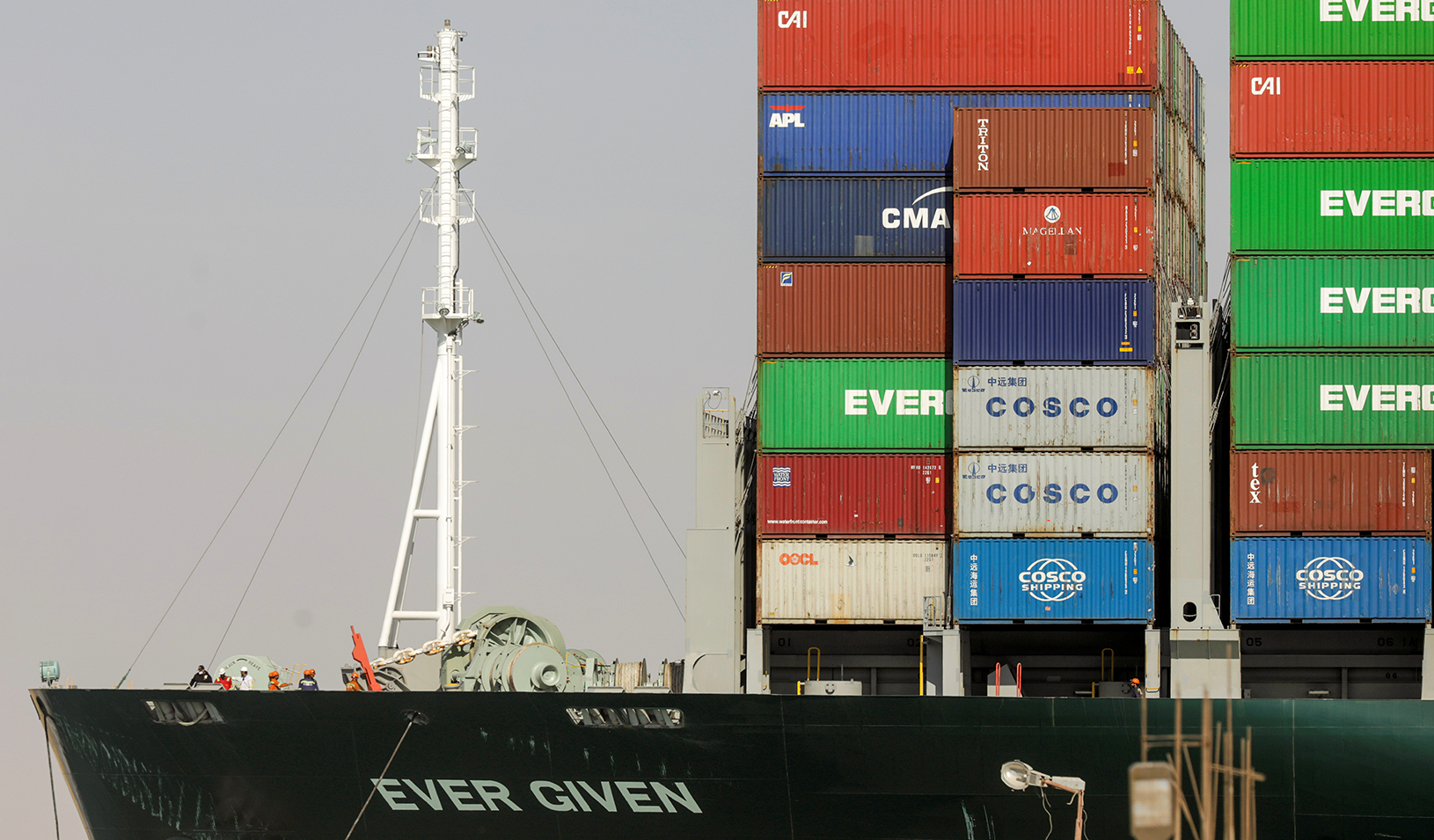
“Not all kinds of products can be brought onshore.” | Daniel Liévano
From shoppers hoarding toilet paper to carmakers scrambling to find computer chips, the pandemic has exposed the surprisingly fragile networks of trade that make modern life possible.
Pandemic Lessons
Read more interviews with Stanford GSB faculty from the Fall 2021 issue of Stanford Business magazine.
Hau Lee, co-director of the Value Chain Innovation Initiative at Stanford GSB, has been designing more resilient supply chains that won’t break during crises. Bringing manufacturing back to the U.S., he says, may not be the best approach.
Hau Lee: Since the beginning of the pandemic, consultants, the popular press, and politicians have been saying that we should reshore. President Joe Biden has been encouraging the return of semiconductors to the U.S. He talks about reshoring and originalizing the supply chain, bringing everything back. That kind of solution can easily be an overreaction. Not all kinds of products can be brought onshore. And if you force yourself to bring all of these products onshore, you may ultimately bring harm to your own country.
What happens when there is an internal disruption? What happens if the next pandemic hits the U.S. and the whole country is locked down, but everything we depend on is manufactured at home? Then we’re locked out and in massive trouble.
A better approach is to look into reshoring for some strategic items, goods related to the military or national security, for instance. Bring some goods back, but not all of them. I tend to believe that the best solution is often a mixed model: Don’t just leave China; you have China, but you have a second source in Mexico or in Budapest. And use these different sites in an intelligent way. When you have a factory in China and a factory in Budapest, use these two factories in different ways that complement and supplement each other. And in times of disruption one can support the other. — Told to Dylan Walsh
For media inquiries, visit the Newsroom.






